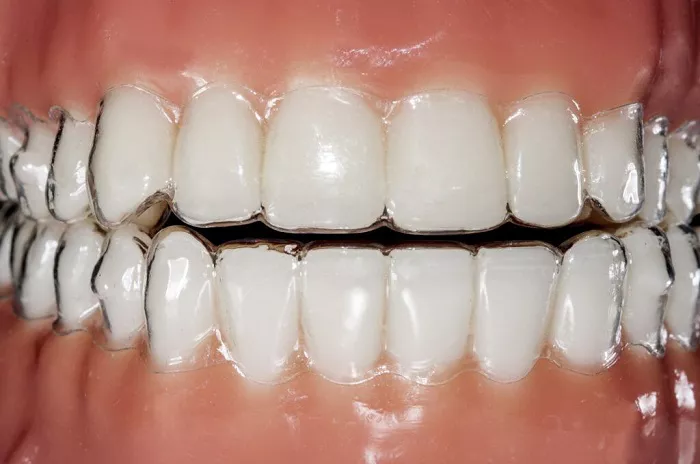In the realm of dentistry, orthodontic treatment plays a crucial role in enhancing not only the aesthetics but also the functionality of a patient’s smile. Comprehensive orthodontic treatment goes beyond simply straightening teeth; it is a holistic approach that addresses various aspects of dental and facial harmony. This article delves into the details of what comprehensive orthodontic treatment entails, from the initial assessment to the final result.
The Initial Consultation and Diagnosis
The journey of comprehensive orthodontic treatment begins with an in-depth initial consultation. This is a critical stage where the orthodontist gathers essential information about the patient’s dental and medical history. Small details such as previous dental traumas, habits like thumb sucking or teeth grinding, and any existing medical conditions that could impact treatment are carefully noted.
Treatment Goals and Planning
Once the diagnosis is complete, the orthodontist sets clear treatment goals in collaboration with the patient. These goals are not only focused on achieving a straight smile but also on improving overall oral health and function. For example, correcting a misaligned bite can alleviate jaw pain and reduce the risk of future dental problems such as tooth wear and gum disease.
The Treatment Process
Appliance Placement:
If traditional braces are chosen, the orthodontist will carefully attach metal or ceramic brackets to the teeth using a special adhesive. The brackets are then connected by wires, which exert gentle and continuous pressure to move the teeth into the desired position. For clear aligners, a series of custom-made, clear plastic trays are provided. The patient wears each tray for a specific period, usually a week or two, before progressing to the next one. Each tray is designed to incrementally shift the teeth closer to the final alignment.
Regular Adjustments:
Throughout the treatment, regular appointments with the orthodontist are essential. For braces, these appointments involve adjusting the wire tension to maintain the appropriate force on the teeth. The orthodontist also checks for any loose brackets or wires and makes necessary repairs. With clear aligners, the orthodontist monitors the progress and may make adjustments to the treatment plan if the teeth are not moving as expected. These adjustments ensure that the treatment stays on track and that the teeth are moving in a controlled and efficient manner.
Oral Hygiene and Maintenance:
During orthodontic treatment, maintaining good oral hygiene is of utmost importance. Patients with braces are instructed to brush their teeth thoroughly after every meal, using a soft-bristled toothbrush and fluoride toothpaste. Special tools like interdental brushes and floss threaders are recommended to clean around the brackets and wires. For those using clear aligners, the aligners should be removed and cleaned regularly to prevent the buildup of bacteria. The orthodontist provides detailed instructions and monitors the patient’s oral hygiene to prevent issues like tooth decay and gum disease.
Addressing Associated Issues
Comprehensive orthodontic treatment also involves addressing any associated issues that may impact the success of the treatment or the patient’s overall oral health. For example, if a patient has a narrow upper jaw, the orthodontist may recommend a palatal expander to widen the jaw before or during the braces treatment. This can create more space for the teeth to align properly and improve the overall bite. In some cases, orthognathic surgery may be necessary to correct severe skeletal discrepancies. The orthodontist works in conjunction with oral surgeons to ensure a coordinated approach, with the orthodontic treatment preparing the teeth for the surgical procedure and then continuing after the surgery to fine-tune the alignment.
The Final Result and Retention
After months or years of treatment, the braces or aligners are finally removed. However, the journey is not over. To maintain the newly achieved tooth position, patients are typically provided with a retainer. There are different types of retainers, such as removable Hawley retainers or fixed lingual retainers. The orthodontist instructs the patient on how to wear the retainer, usually full-time for the first few months and then gradually reducing the wear time over the course of a year or more. Regular follow-up appointments are scheduled to monitor the stability of the teeth and ensure that the retainer is fitting properly and doing its job.
Conclusion
Comprehensive orthodontic treatment is a detailed and patient-centered process that aims to transform smiles and improve oral health. From the initial consultation to the final retention phase, every step is carefully planned and executed. It requires the expertise of a skilled orthodontist, the cooperation of the patient, and a commitment to maintaining good oral hygiene. By understanding what comprehensive orthodontic treatment involves, patients can make informed decisions and embark on a journey towards a healthier, more confident smile. Whether it’s correcting a minor tooth misalignment or addressing a complex bite issue, orthodontic treatment has the power to enhance not only the appearance of the teeth but also the quality of life for countless individuals.

